
Meta officially launches Twitter rival Threads
Facebook has tried to compete with Twitter in numerous ways over the years, including copying signature Twitter features such as hashtags and trending topics. But now Facebook's parent company is taking perhaps its biggest swipe at Twitter yet.
2023-07-06 07:26

Biden Administration to Appeal Ban on Social Media Contacts
The US Justice Department said it’s appealing a court ruling that would block federal agencies and officials from
2023-07-06 06:48

ChatGPT-maker OpenAI says it is doubling down on preventing AI from 'going rogue'
By Anna Tong ChatGPT's creator OpenAI plans to invest significant resources and create a new research team that
2023-07-06 05:50
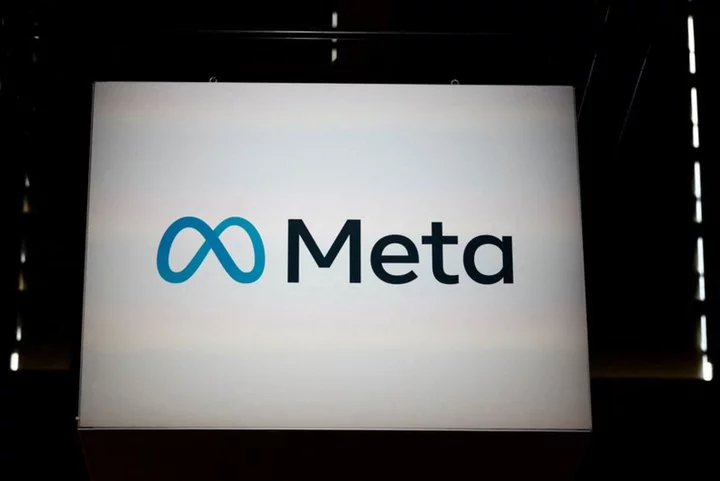
Canada to stop ads on Facebook, but sees path to settle dispute
By Ismail Shakil OTTAWA (Reuters) -The Canadian government will stop buying ads on Facebook and Instagram amid a dispute over
2023-07-06 03:47

Massive amount of rare rock discovered which could power batteries for next century
A huge amount of rock has been found which could have great consequences for us all. The phosphate rock deposit, discovered in Norway, contains enough minerals to meet the global demand for batteries and solar panels for the next 100 years, according to the mining company that controls it, Norge Mining. Phosphate rock, first discovered in 1669 by German scientist Hennig Brandt, contains high concentrates of phosphorus, which is a key component for building green technologies like electric cars. But it has supply issues given the EU is dependent on imports from countries like China, Iraq and Syria, and until recently, Russia.. An article in the scientific journal Nature last year for instance warned of imminent supply disruptions of phosphorus, citing Russia’s invasion of Ukraine and the subsequent economic sanctions as a potential cause of market volatility. So finding all this rock is, in short, good news. Sign up to our free Indy100 weekly newsletter Indeed, a spokesperson for the European Commission described the discovery as “great news” for meeting the objectives of the Commission’s raw material objectives, with Norge Mining telling Euractiv that the projected 4,500-metre-deep ore body would theoretically be capable of meeting global demand for the next century. Norway’s minister of trade and industry, Jan Christian Vestre, said last month that the government was considering fast-tracking a giant mine in Helleland once analysis is completed on 47 miles of drill cores. If approval is given, the first major mine could begin operation by 2028. The mining plans already have the support of the European Raw Materials Alliance, according to local reports, while local consultations continue. Rock on. Have your say in our news democracy. Click the upvote icon at the top of the page to help raise this article through the indy100 rankings.
2023-07-06 00:24
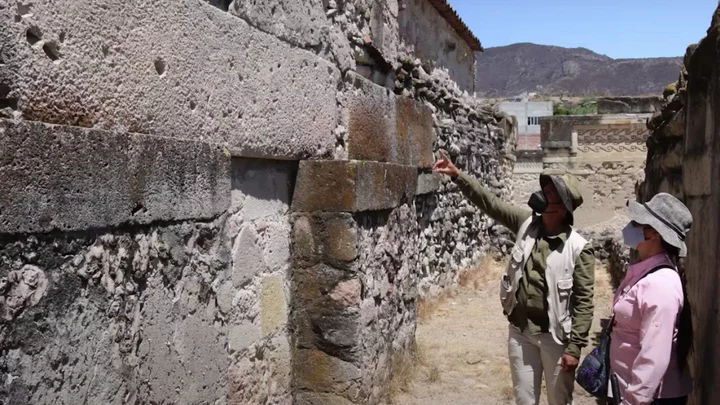
Elaborate 'Entrance to Hell' discovered underneath a church
Just when you thought 2023 was already going pretty badly, an “entrance to the underworld” has been found under a Mexican church - so, that can't be a good omen. It is, however, a very interesting find: the ancient structure was once believed to be an opening to hell and it was discovered in the site of Mitla near Oaxaca. It consists of a labyrinth leading underground used frequently by the Zapotec culture, who lived in the area for around 2200 years until the Spanish conquests in 1521. While the structure has its origins much earlier, the site was expanded by the Zapotecs and it was used extensively until a Church was later built over it after they left the area. Sign up to our free Indy100 weekly newsletter Around the late 16th century CE, after the Spanish had welcomed themselves to the Americas, a Catholic church and other structures were plonked on top of the site. Traditionally, the ancient Zapotecs believed the ruin to be a doorway to the world of the dead, and it’s thought that the entrance to the passages could be through the main altar of the church. Teams from the Mexican National Institute of History and Anthropology (INAH), the National Autonomous University of Mexico (UNAM), the Association for Archaeological Research and Exploration and the ARX Project all collaborated on the findings. They used geophysical scanning to uncover the complex of tunnels. However, perhaps the most significant discovery was an area measuring around 16 to 26 feet below the ground which could be a large chamber. It’s an exciting development, and as only the first round of surveys has taken place this is just the beginning. Project Lyobaa: Revealing the Underworld of Mitla, Oaxaca www.youtube.com The ARX Project, one of the grounds behind the discovery, released an announcement saying: “In 1674, the Dominican father Francisco de Burgoa described the exploration of the ruins of Mitla and their subterranean chambers by a group of Spanish missionaries. Burgoa’s account speaks of a vast subterranean temple consisting of four interconnected chambers, containing the tombs of the high priests and the kings of Teozapotlán. “From the last subterranean chamber, a stone door led into a deep cavern extending thirty leagues below ground. This cavern was intersected by other passages like streets, its roof supported by pillars. According to Burgoa, the missionaries had all entrances to this underground labyrinth sealed, leaving only the palaces standing above ground,” it continued. Have your say in our news democracy. Click the upvote icon at the top of the page to help raise this article through the indy100 rankings.
2023-07-05 23:47
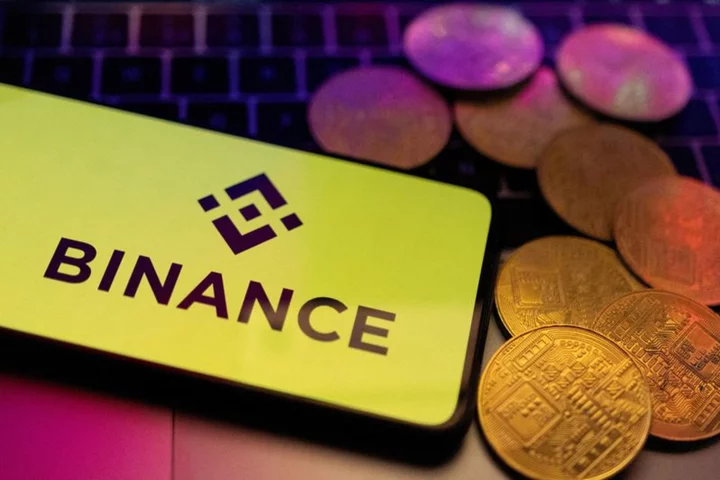
Binance market share takes regulatory hit, its US affiliate shrinks
By Medha Singh The market share of Binance, the world's largest cryptocurrency exchange, and its U.S. affiliate have
2023-07-05 23:21

Supermoon completely dwarfs plane as it flies through Oregon skies in spectacular clip
July's Buck supermoon could be seen around the world lighting up the skies at the start of this week, but incredible new footage is showing the sheer scale of the phenomenon. A plane flying over the skies of Oregon is going viral after being filmed getting completely eclipsed by the moment. In the footage of the giant moon, the tiny plane goes flying past, and looks absolutely minuscule in comparison to the planet. Click here to sign up for our newsletters
2023-07-05 17:54
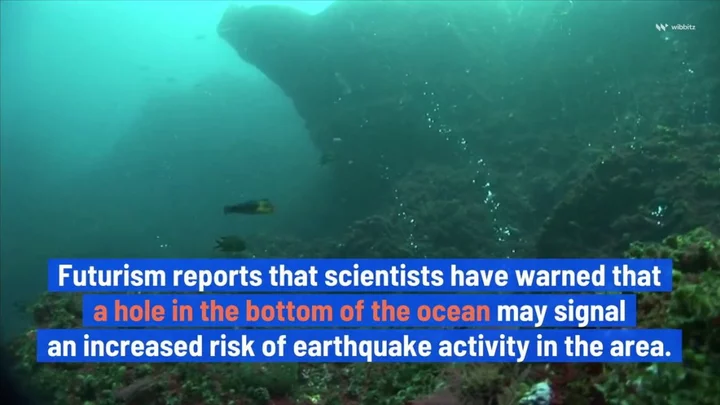
Scientists find explanation for huge gravity hole in the Indian ocean
Scientists have found an explanation for a 'gravity hole' in the Indian Ocean. A gravity hole is an area where gravitational pull is low, causing the seafloor to sink. Deep beneath the ocean, there is one that is three million square kilometers in size and previously it has confused scientists. Now two researchers from the Indian Institute of Science, Debanjan Pal and Attreyee Ghosh, think they have solved the mystery. More than 1,000 kilometers (621 miles) beneath Earth's crust, they found cold, dense remnants of an ancient ocean plunged into a 'slab graveyard' beneath Africa some 30 million years ago, stirring up hot molten rock. Sign up to our free Indy100 weekly newsletter Pal and Ghosh retraced the formation of the massive geoid by modeling how tectonic plates skimmed over Earth's mantle for the past 140 million years. They ran simulations and compared the shape of the oceanic low those models predicted with observations of the dent itself. The models that reproduced the Indian Ocean geoid low in its current form all had one thing in common: plumes of hot, low-density magma wafting up beneath the low. These plumes, as well as a distinctive mantle structure, are what created the geoid low; if they rise high enough, Pal and Ghosh reckon. "In short, our results suggest that to match the [shape and amplitude of the] observed geoid low, plumes need to be buoyant enough to come up to mid-mantle depths," the pair wrote. The first of these plumes appeared about 20 million years ago, to the south of the Indian Ocean geoid low, and around 10 million years after the old Tethys Sea sank into the lower mantle. As the plumes spread beneath the lithosphere and inched towards the Indian peninsula, the low intensified. But more research needs to be done to work out what is really going on as not all scientists are convinced. Science is crazy. Have your say in our news democracy. Click the upvote icon at the top of the page to help raise this article through the indy100 rankings.
2023-07-05 16:27
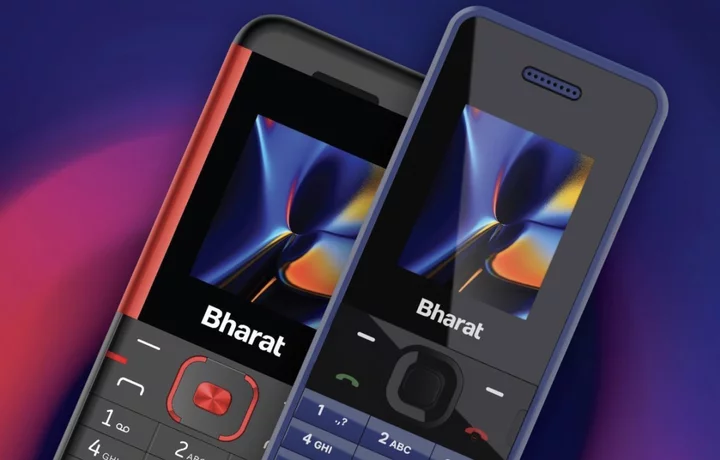
New £10 phone with e-wallet and streaming can bridge India ‘digital divide’, experts say
A new, minimalistic £10 phone with features like digital payments and streaming unveiled by Indian billionaire Mukesh Ambani’s Reliance Jio could help expand internet services to a wider audience in the country. The affordable feature phone, priced at Rs 999 (about £10), can help bridge India’s “digital divide” by introducing 4G internet for the first time to scores of users, experts said. “Reliance Jio’s persistence to bridge the ‘digital divide’ by putting 4G internet-capable phones in hands of 2G feature phone users or first-time users continues!” industry analyst Neil Shah from the research firm Counterpoint said. Jio said in a press release earlier this week that the beta trial for its first million Jio Bharat phones would begin this week on Friday. The low-cost 4G-enabled phone with a 2-inch display comes with a number of pre-installed features. These include mobile payments through the United Payments Interface (UPI) – a form of instant digital payments that are widely used in India – as well as access to Jio’s own on-demand video and music streaming services JioCinema and JioSaavn. The low cost of the new phone may also bring the internet further within the reach of women in households. In low-income households in India, mobile phones remain a shared device with internet access shared on an individual mobile phone, explained digital rights activist Nikhil Pahwa, founder of tech policy analysis website MediaNama. “Typically, there is one person in the household whose mobile phone has internet access because devices are expensive and internet access prices have increased of late,” Mr Pahwa told The Independent. “So, a low-cost device means it will become affordable for low-income households to have more than one handset. This is great for women because typically it is the men in the house that have access to the internet,” he said. Reliance Jio said the phone will also come with a Rs 123 (£1.2) data plan valid for 28 days, offering 14GB of internet access (0.5 GB or 500 MB per day) – a price the company claims is 30 per cent cheaper than plans offered by competitors. This move may lead to other network operators in India such as Bharti Airtel reducing their tariffs too. “Bharti recently raised 2G prices from Rs99 to Rs155 across all circles while Vi [Vodafone Idea] took this in one circle. This disruptive step can halt incremental tariff increases for 2G and help JIO gain share in that segment,” JP Morgan said in a report on Tuesday. Following Jio’s announcement, shares for Bharti Airtel and Vi slipped by 2 to 3 per cent in early trading on Tuesday. The move also brings internet-enabled phones within the reach of the masses, and as more people understand the utility of the internet, it may lead to the further conversion of featurephone users to adopt smartphones, industry experts said. “There are still 250 million mobile phone users in India who remain ‘trapped’ in the 2G era, unable to tap into basic features of the internet at a time when the world stands at the cusp of a 5G revolution,” Reliance Jio Chairman Akash Ambani said. Telecom analyst Tarun Pathak tweeted that the featurephone-to-smartphone conversion in India has slowed down due to some “upgrade barriers”, adding that “Jio Bharat aims to bridge that gap”. Read More India rolls out 5G cellular network for eight cities in ‘step towards new era’ France riots: Aunt of teenager shot dead by police in Paris pleads for violence and looting to end Civil conflict in India’s Manipur threatens food supplies to 100,000 people, warns non-profit
2023-07-05 12:51
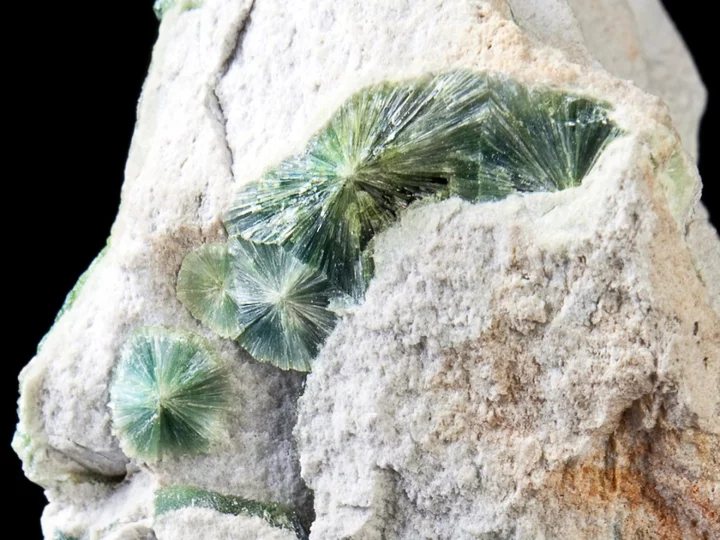
Massive mineral deposit discovery could meet global battery and solar panel demand ‘for next 100 years’
A huge phosphate rock deposit discovered in Norway contains enough minerals to meet the global demand for batteries and solar panels for the next 100 years, according to the mining company that controls it. Norge Mining said up to 70 billion tonnes of the non-renewable resource may have been uncovered in south-western Norway, alongside deposits of other strategic minerals like titanium and vanadium. Phosphate rock contains high concentrates of phosphorus, which is a key component for building green technologies but currently faces significant supply issues. Phosphorus was first discovered in 1669 by German scientist Hennig Brandt, who was searching for the philosopher’s stone. While it proved ineffective in turning ordinary metals into gold, it has become an essential component in lithium-iron phosphate batteries in electric cars, as well as for solar panels and computer chips. Russia previously controlled the world’s largest ultra-pure phosphate rock deposits, with the European Union warning that these “critical raw materials” have a high supply risk. The EU is currently almost entirely dependent on imports of phosphate rock from the rest of the world, according to a report from The Hague Centre for Strategic Studies, with China, Iraq and Syria also home to large deposits. The report, which was published before the discovery of the massive Norwegian deposit, warned that the EU should be “concerned about phosphate rock shortages”. An article in the scientific journal Nature last year warned of imminent supply disruptions of phosphorus, citing Russia’s invasion of Ukraine and the subsequent economic sanctions as a potential cause of market volatility. The global economy consumes an estimated 50 million tonnes of phosphorus each year, with scientists warning earlier this year that the planet could face a “phosphogeddon” if supply trends continue. “The buyers’ market is becoming increasingly crowded by limited trade – due to political instability in several source countries, as well as international sanctions imposed on others,” Norge Mining noted in a June blog post. “This is forcing importers to fear an impending crisis.” Norway’s minister of trade and industry, Jan Christian Vestre, said last month that the government was considering fast-tracking a giant mine in Helleland once analysis is completed on 47 miles of drill cores. If approval is given, the first major mine could begin operation by 2028. The politician said Norway’s “obligation” was to develop “the world’s most sustainable mineral industry” following the discovery of the minerals. The mining plans already have the support of the European Raw Materials Alliance, according to local reports, while local consultations continue. A spokesperson for the European Commission described the discovery as “great news” for meeting the objectives of the Commission’s raw material objectives, with Norge Mining telling Euractiv that the projected 4,500-metre-deep ore body would theoretically be capable of meeting global demand for the next century. Read More Solar trees offer unique solution to charging electric cars Mineral discovery could meet global battery and solar panel demand for next 100 years ‘Miracle material’ solar panels to finally enter production AI rise will be ‘most profound’ shift seen in our lifetimes, Google UK boss says
2023-07-05 12:29

Cyber insurance rates drop 10% in June -report
LONDON Cyber insurance rates dropped around 10% in June compared with a year earlier, reversing recent sharp rate
2023-07-05 08:27
